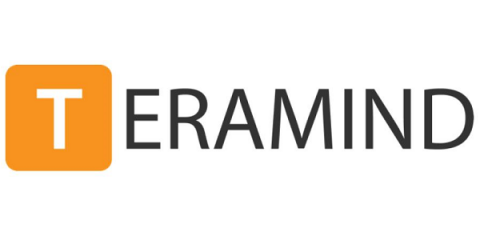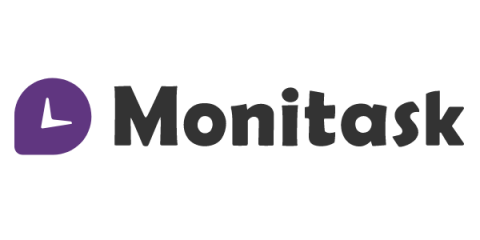What Is a Work Breakdown Structure in Project Management?
Work breakdown structure is a good way to get any project off the ground and can often determine the success of a project. That’s why project managers need to learn how to master them. This article will help you understand the work breakdown structure and create one on your own. Project management is by no means easy.











